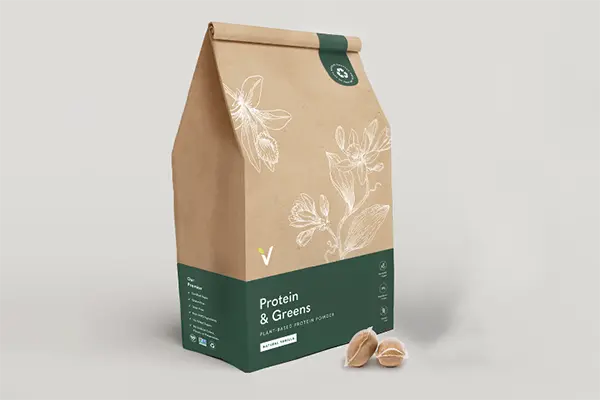In the world of eco-friendly packaging, minimizing the environmental impact of the packaging materials used to deliver the products we love is crucial. But how can we be part of the solution?
Rethinking the Wrap: The Core Principles of Eco-Friendly Packaging
Environmentally conscious packaging embraces several key principles:
Reduce: The golden rule! Minimize the amount of packaging material used. This might involve using smaller boxes, eliminating unnecessary fillers, and opting for concentrated product formats.
Reuse: Can the packaging be used again for another purpose? Consider containers designed for multiple uses, encouraging consumers to give them a second life.
Recycle: Choose packaging materials that are easily recyclable in most municipal recycling programs. This includes paper, cardboard, and some types of plastic.
Compost: Opt for packaging materials certified as compostable, breaking down naturally into nutrient-rich soil when disposed of properly.
Biodegradable: Select packaging materials that decompose naturally over time, minimizing landfill waste. This includes some plant-based and bioplastic options.
A World of Benefits: Why Choose Eco-Conscious Packaging?
The benefits of embracing environmentally conscious packaging extend far beyond a clear conscience:
Environmental benefits: Reduced use of virgin materials, lower energy consumption during production, and increased recycling rates all contribute to a smaller environmental footprint.
Brand reputation: Consumers are increasingly conscious of sustainability. Eco-friendly packaging sends a powerful message about a brand’s commitment to the environment.
Cost savings: In some cases, using less material or choosing more sustainable options can actually translate to cost savings for businesses.
Innovation: The eco-friendly packaging movement fosters innovation in developing new, sustainable materials and packaging solutions.
Putting Principles into Practice: Examples of Eco-Conscious Packaging
Let’s explore some real-world examples of environmentally conscious packaging in action:
Minimalist Cardboard Boxes: Ditch the excessive cardboard and opt for precisely sized boxes that snugly fit the product.
Mushroom Packaging: This innovative material is made from the mycelium (root structure) of mushrooms and can be molded into protective packaging shapes, then composted after use.
Recycled Plastic Packaging: Opt for packaging made from recycled plastic content, minimizing reliance on virgin plastic materials.
Compostable Mailers: Replace traditional plastic mailers with those made from plant-based materials that can decompose in a compost pile.
Reusable Packaging Systems: Some companies offer reusable packaging solutions, where customers return the packaging for reuse on future orders.
Remember: This list merely scratches the surface of innovative eco-friendly packaging solutions being developed and implemented.

In conclusion, environmentally conscious packaging isn’t just a trend; it’s a conscious shift towards a more sustainable future. By embracing these principles and demanding eco-friendly packaging options from brands, we can create a world where the joy of receiving a package is intertwined with the satisfaction of knowing we’re contributing to a healthier planet. So, the next time you receive a package, take a moment to appreciate the thoughtfulness behind its design and advocate for sustainable packaging solutions whenever possible.
Post time: 03-19-2024

